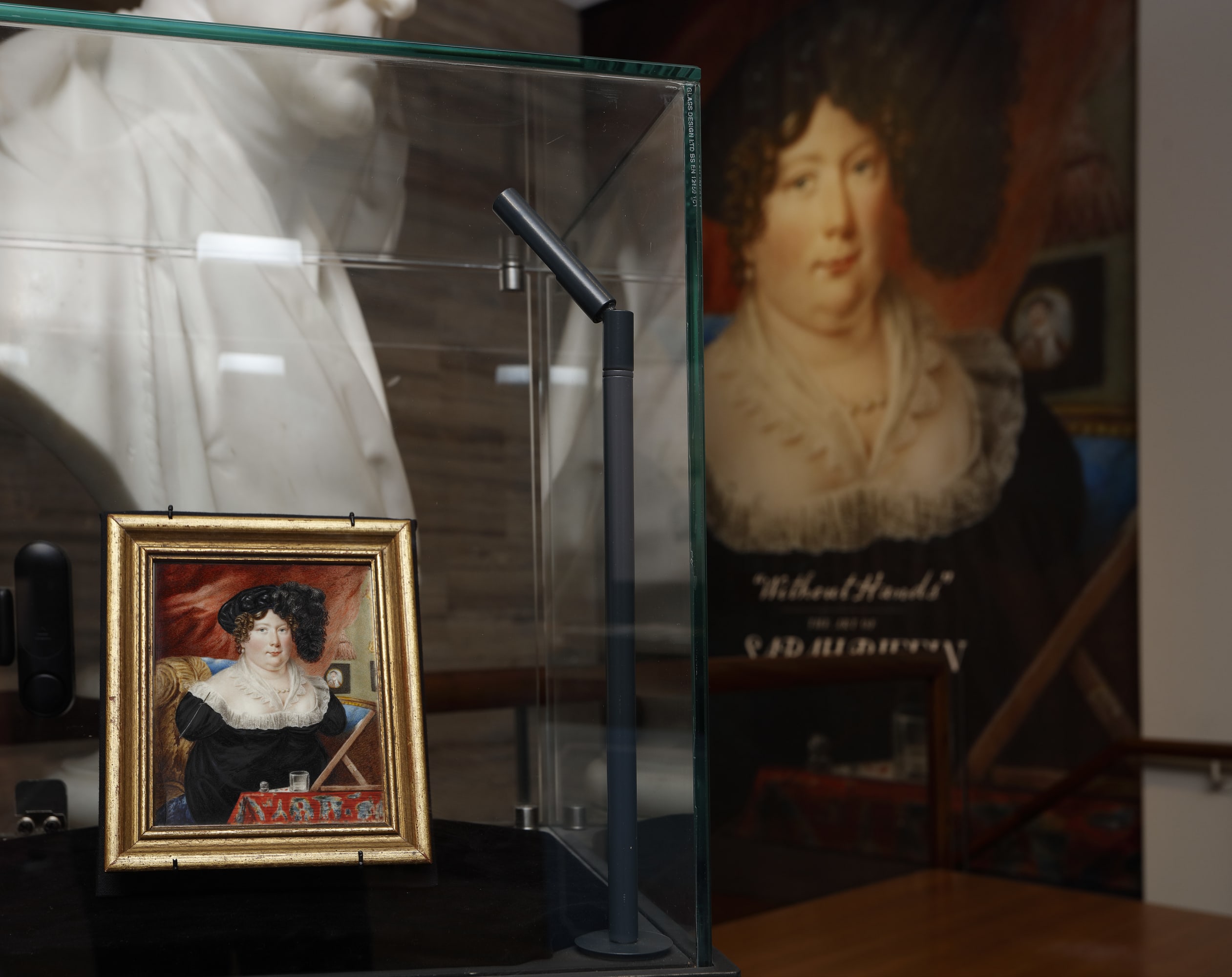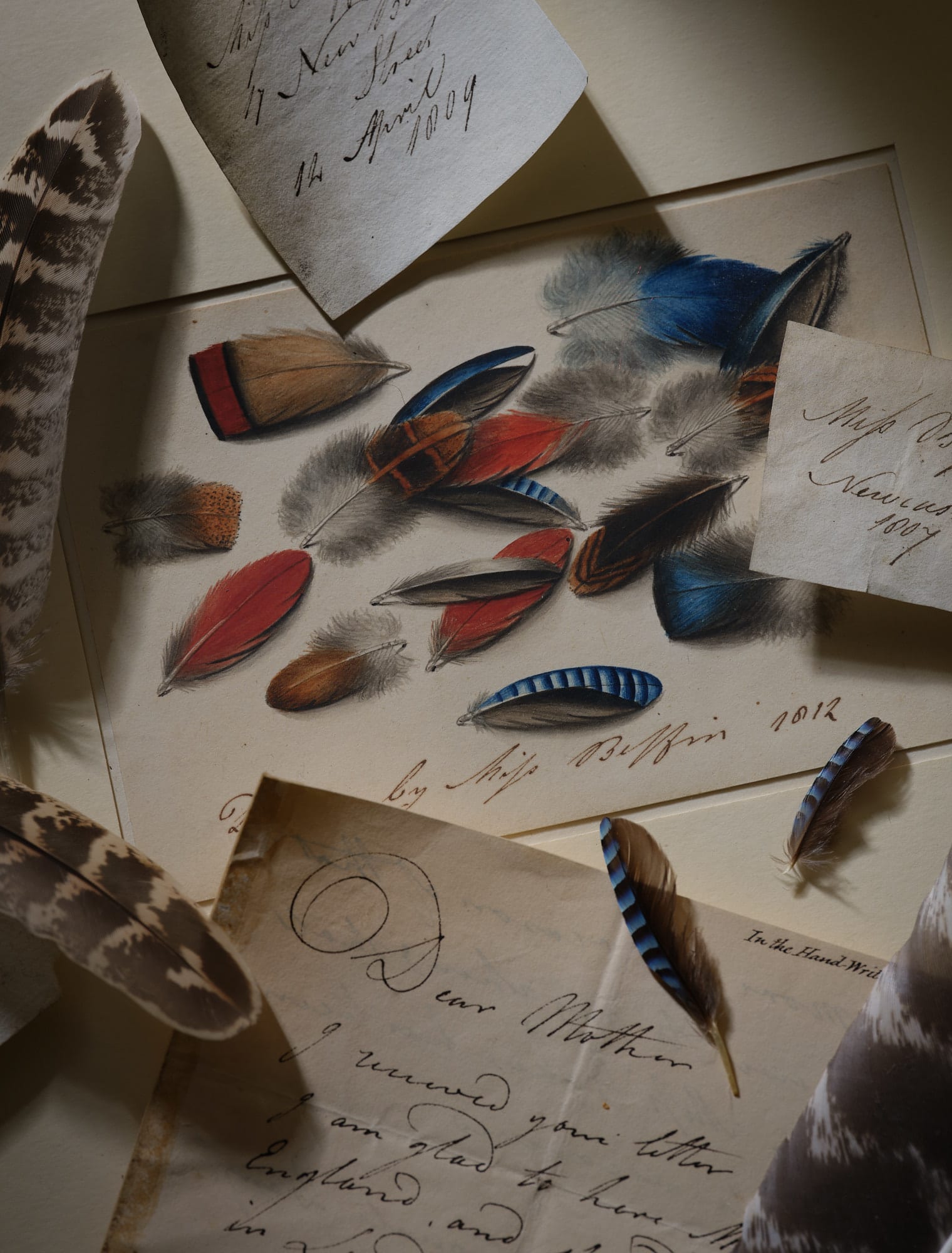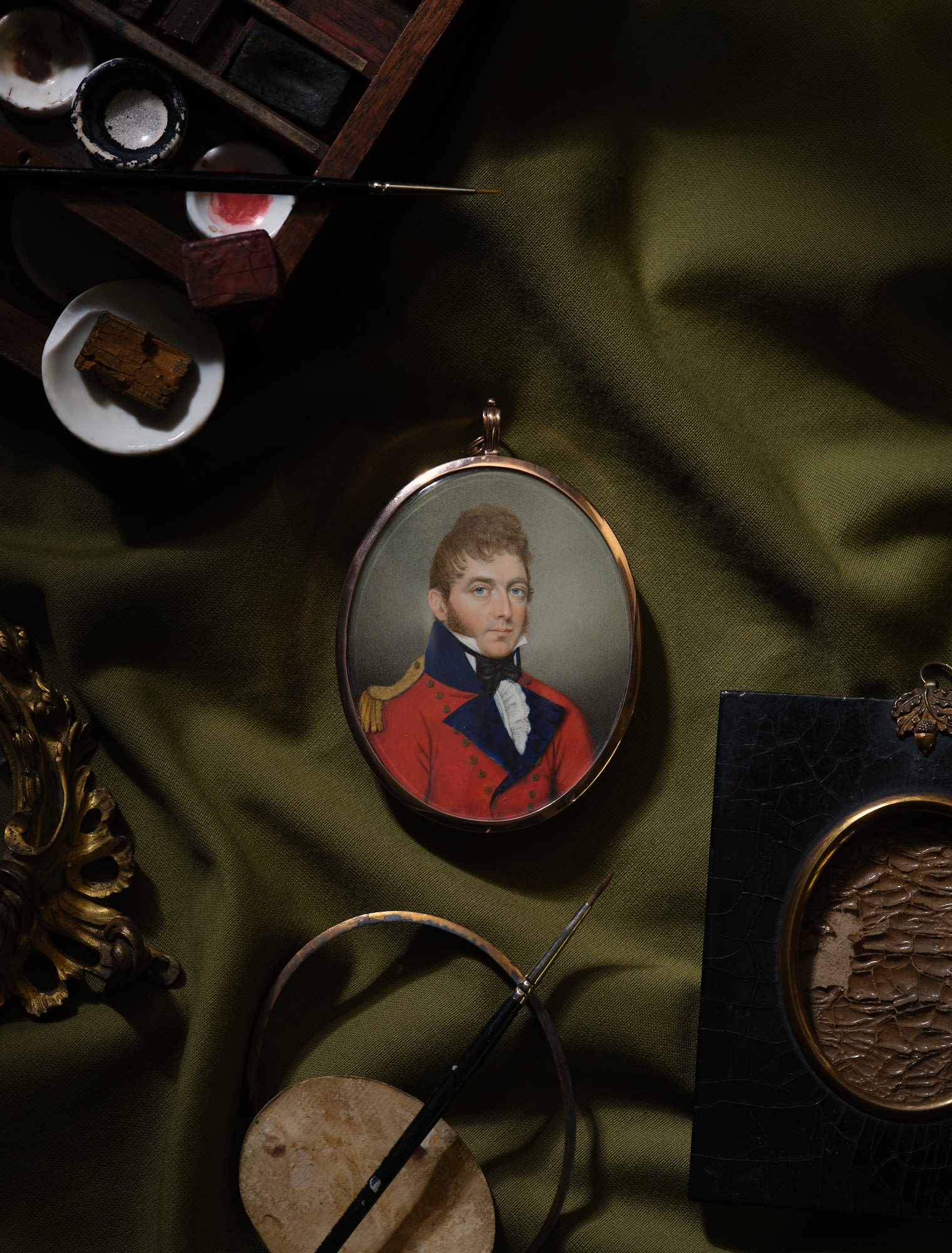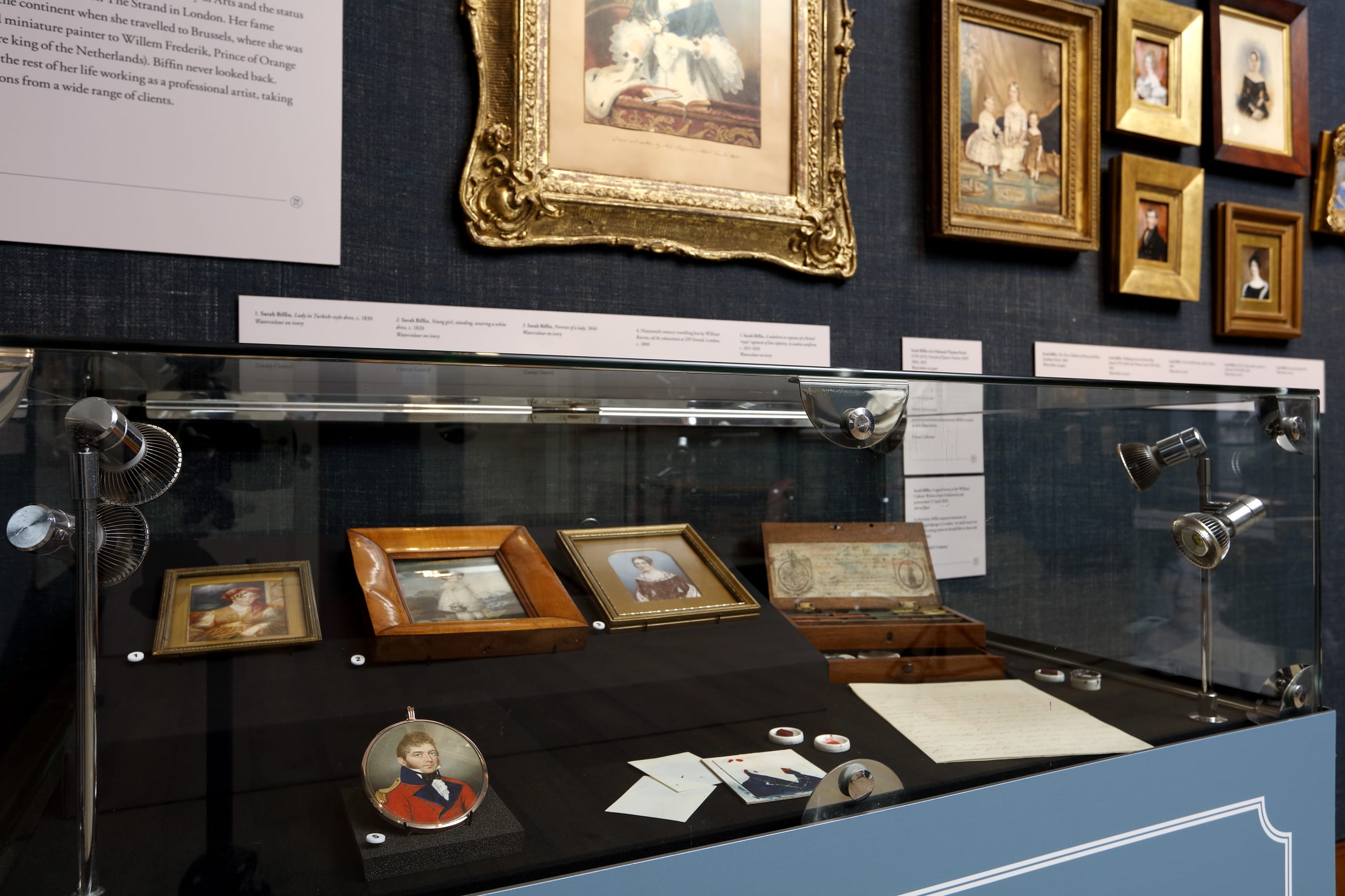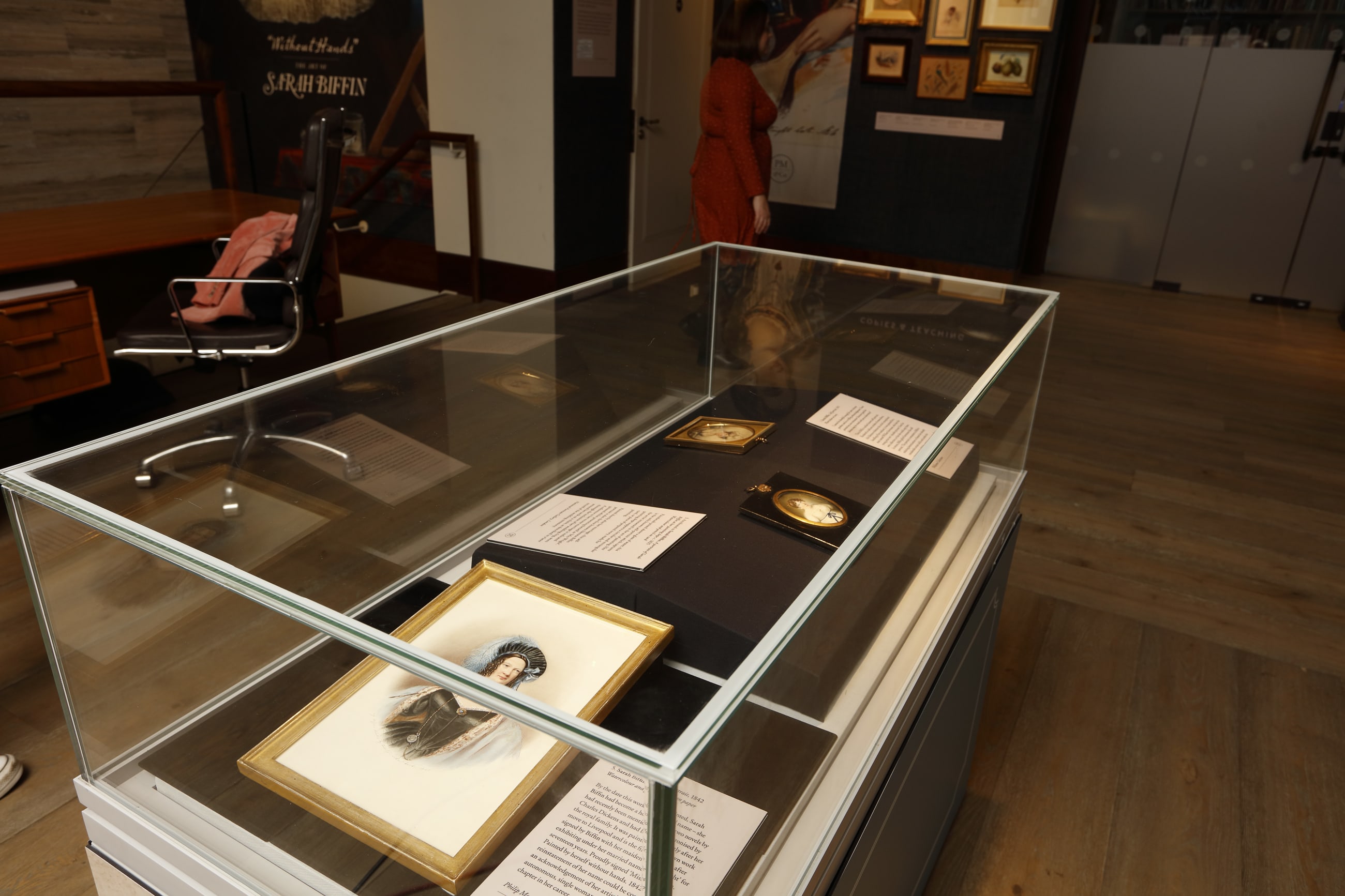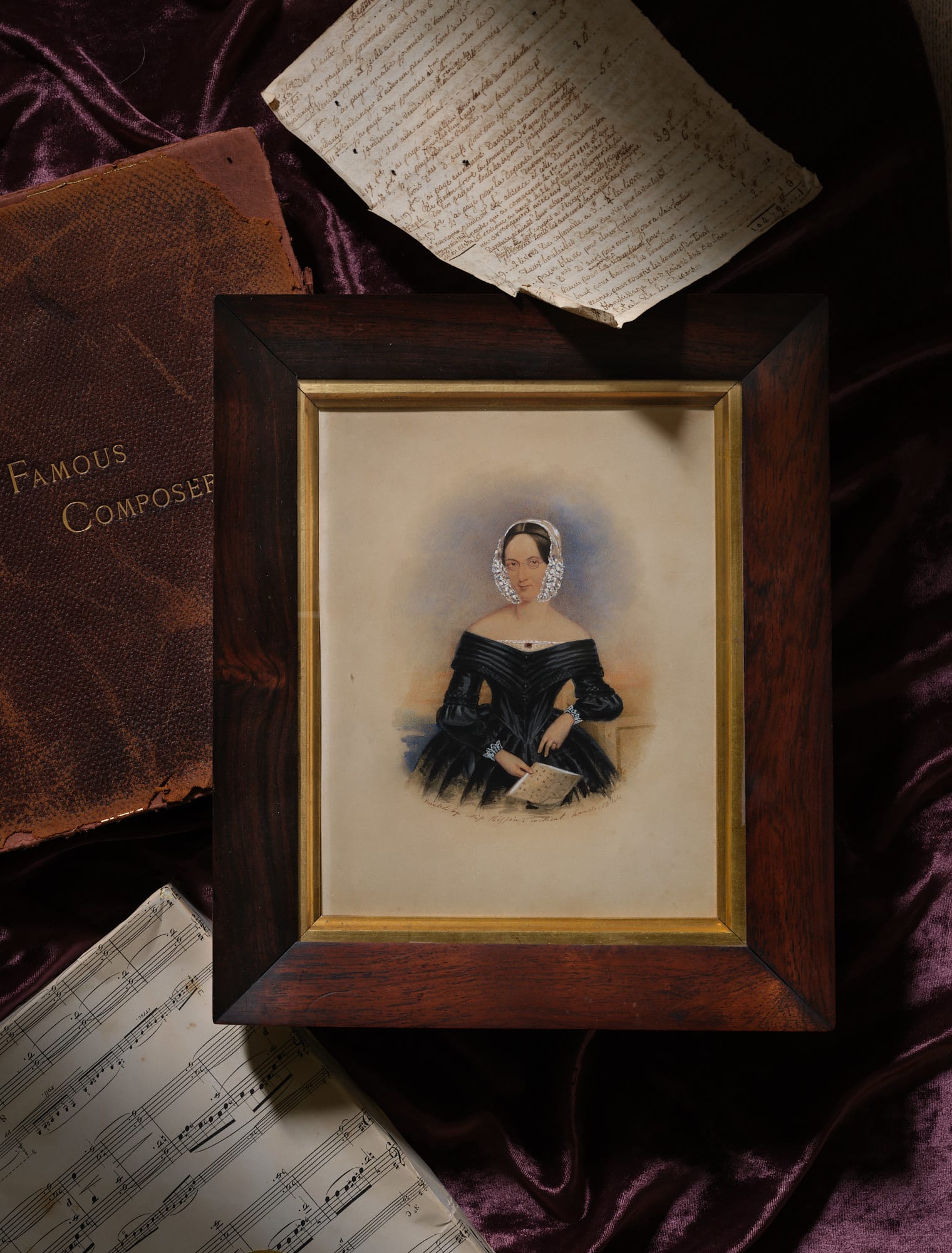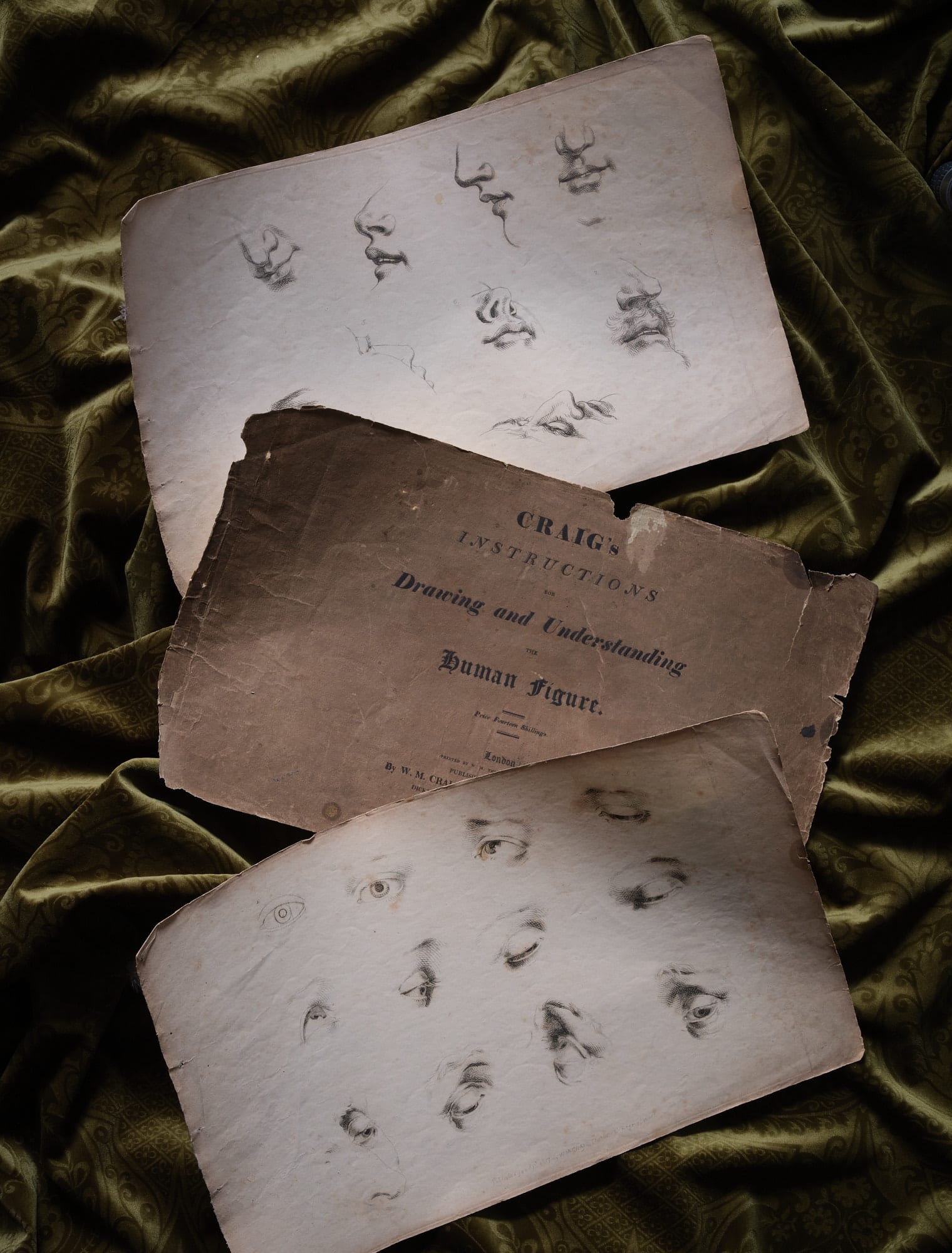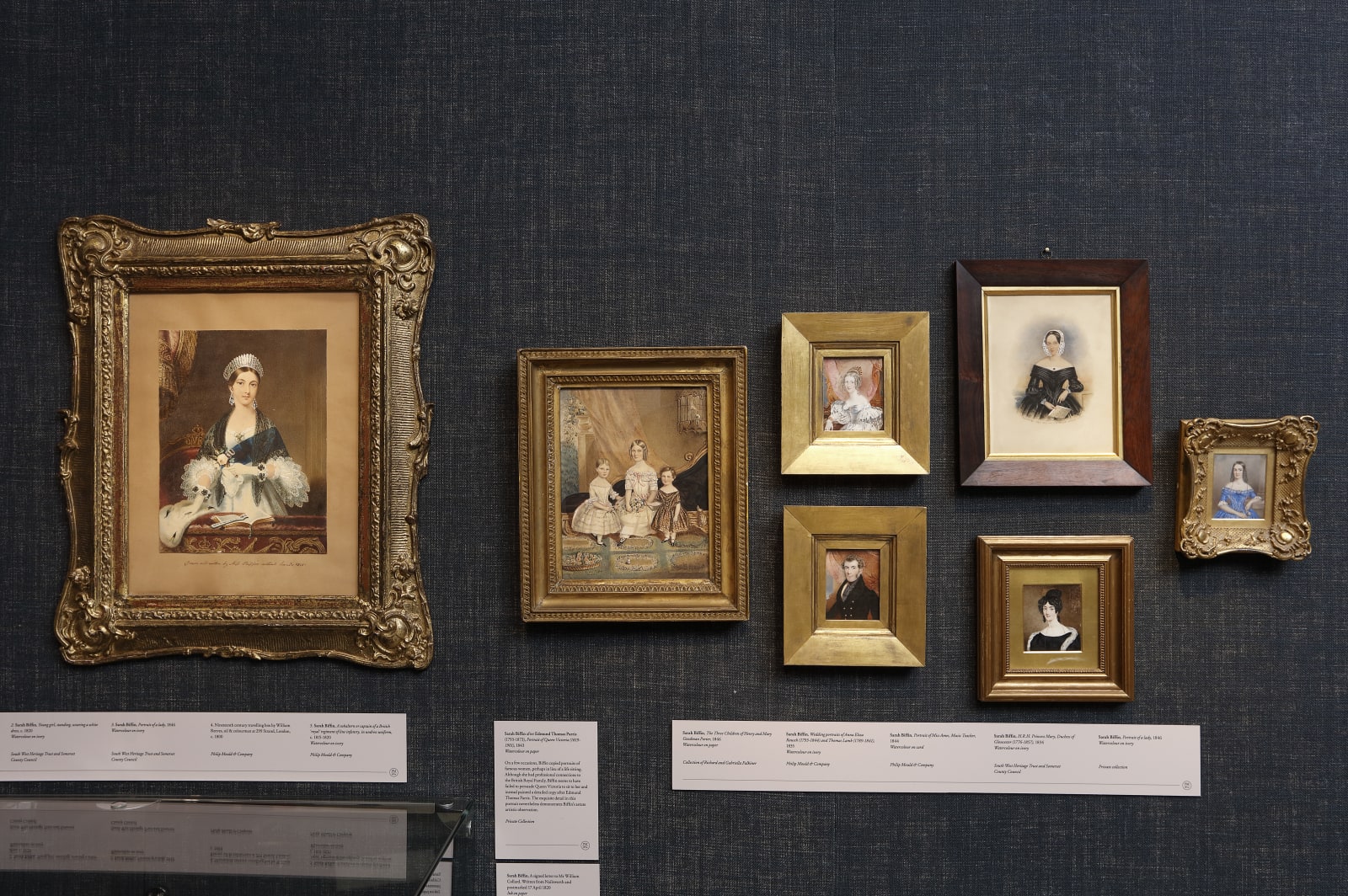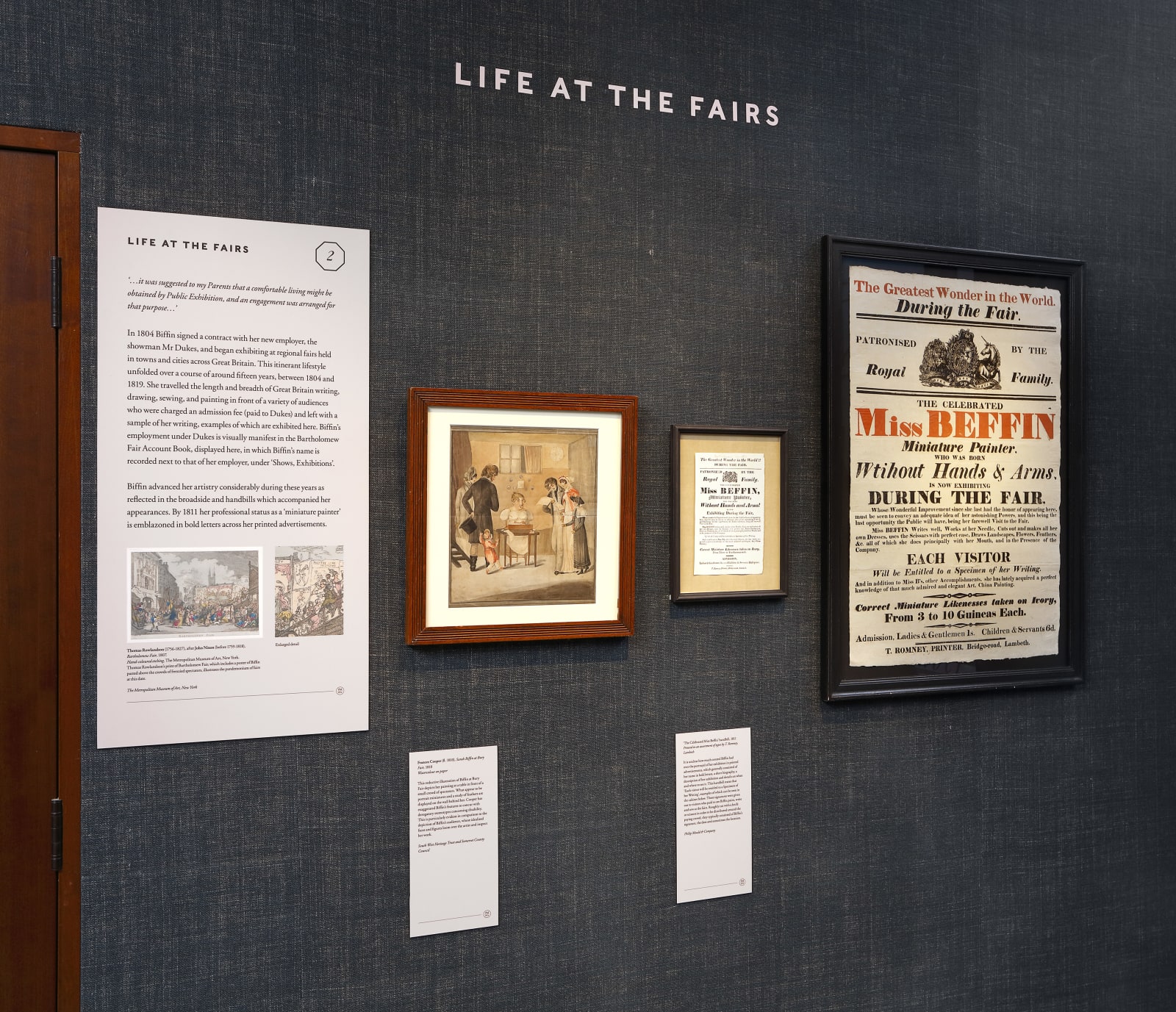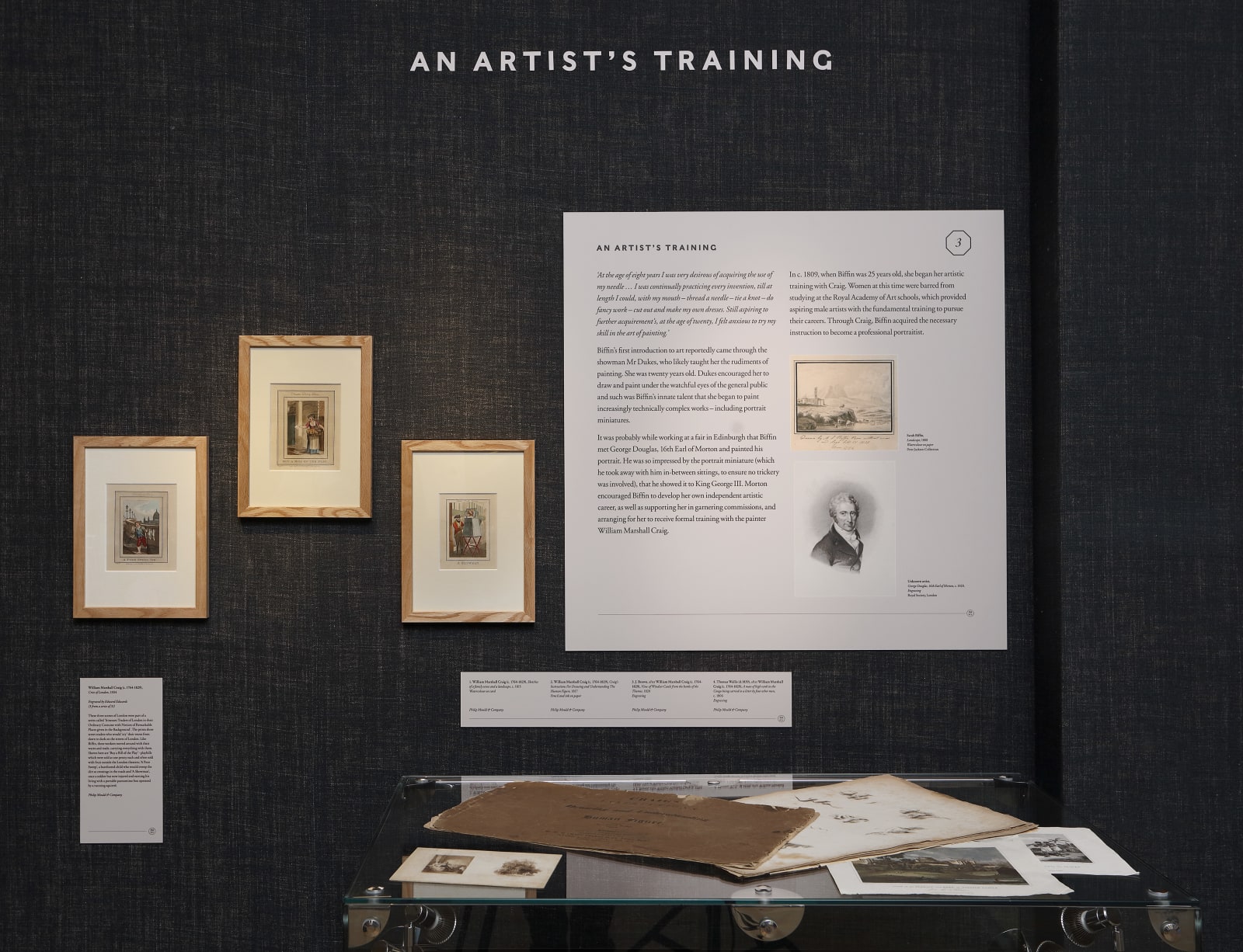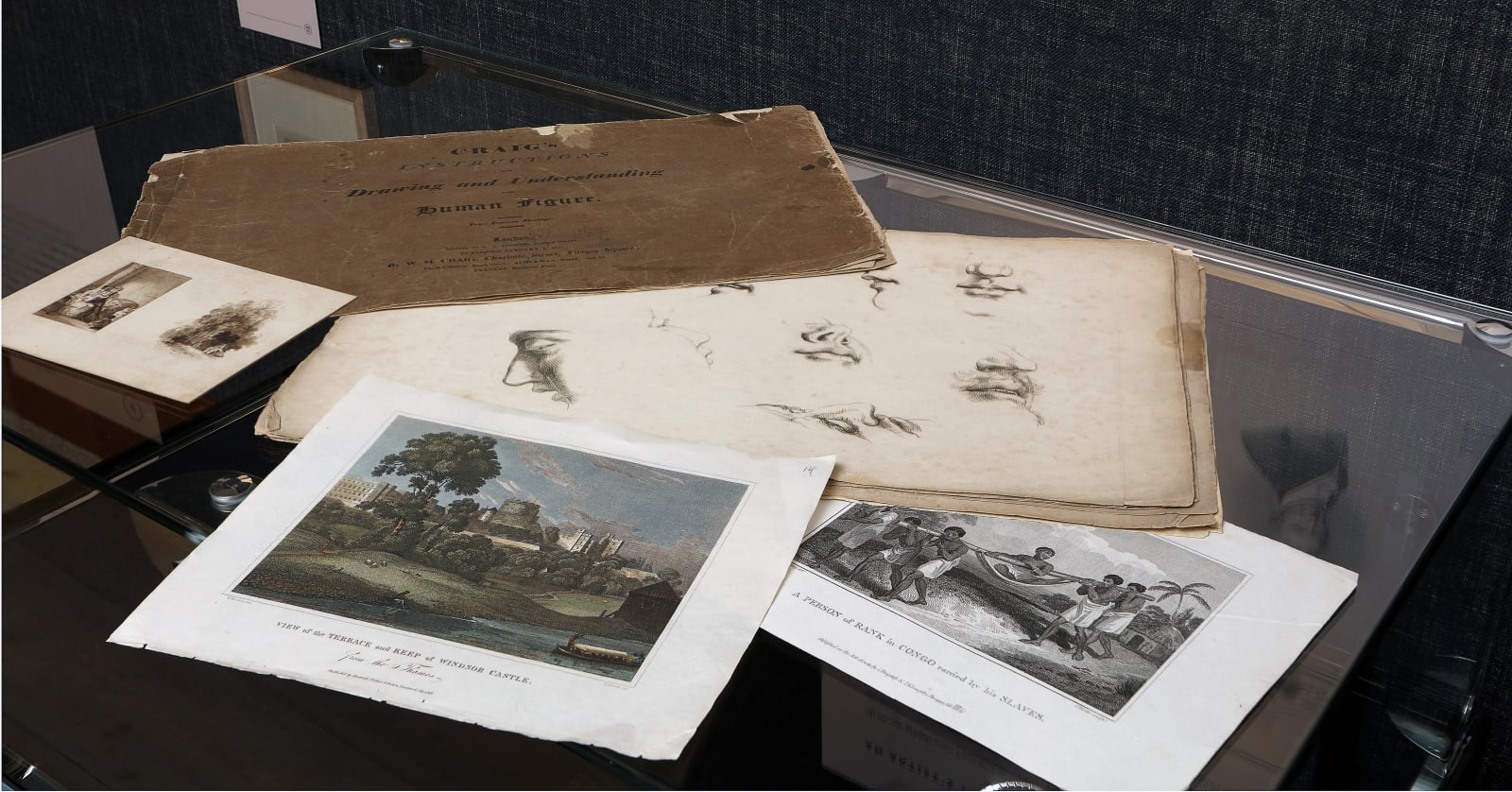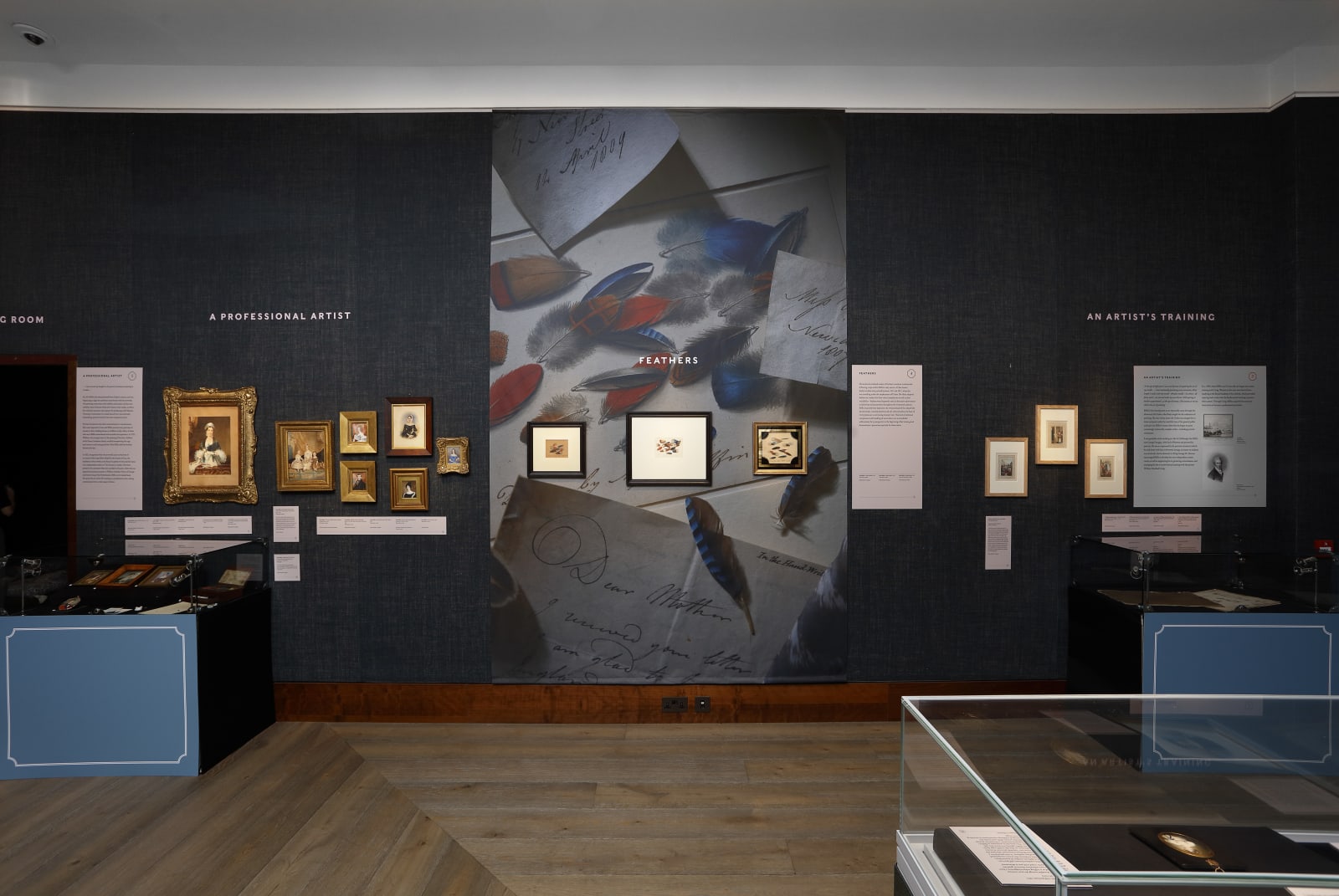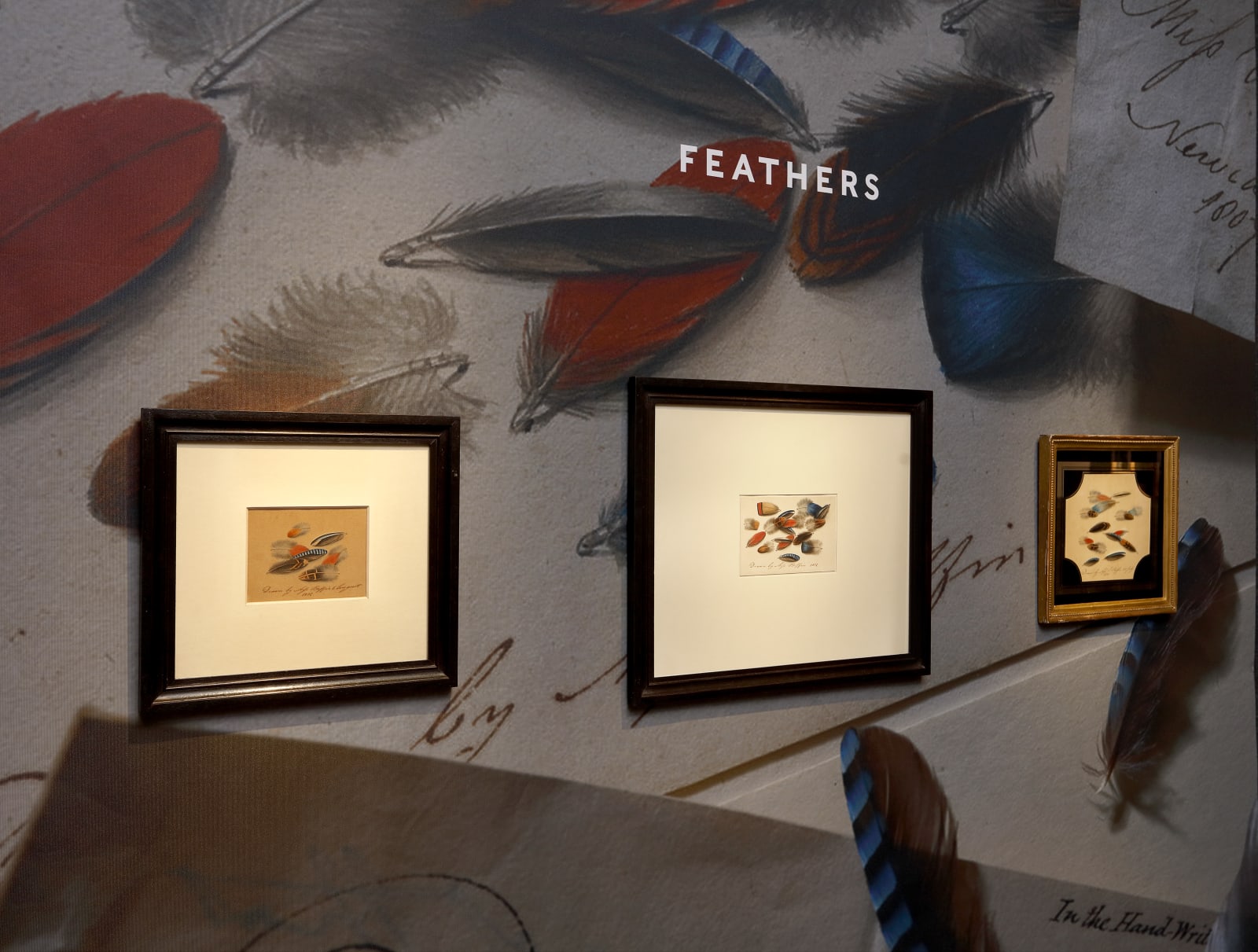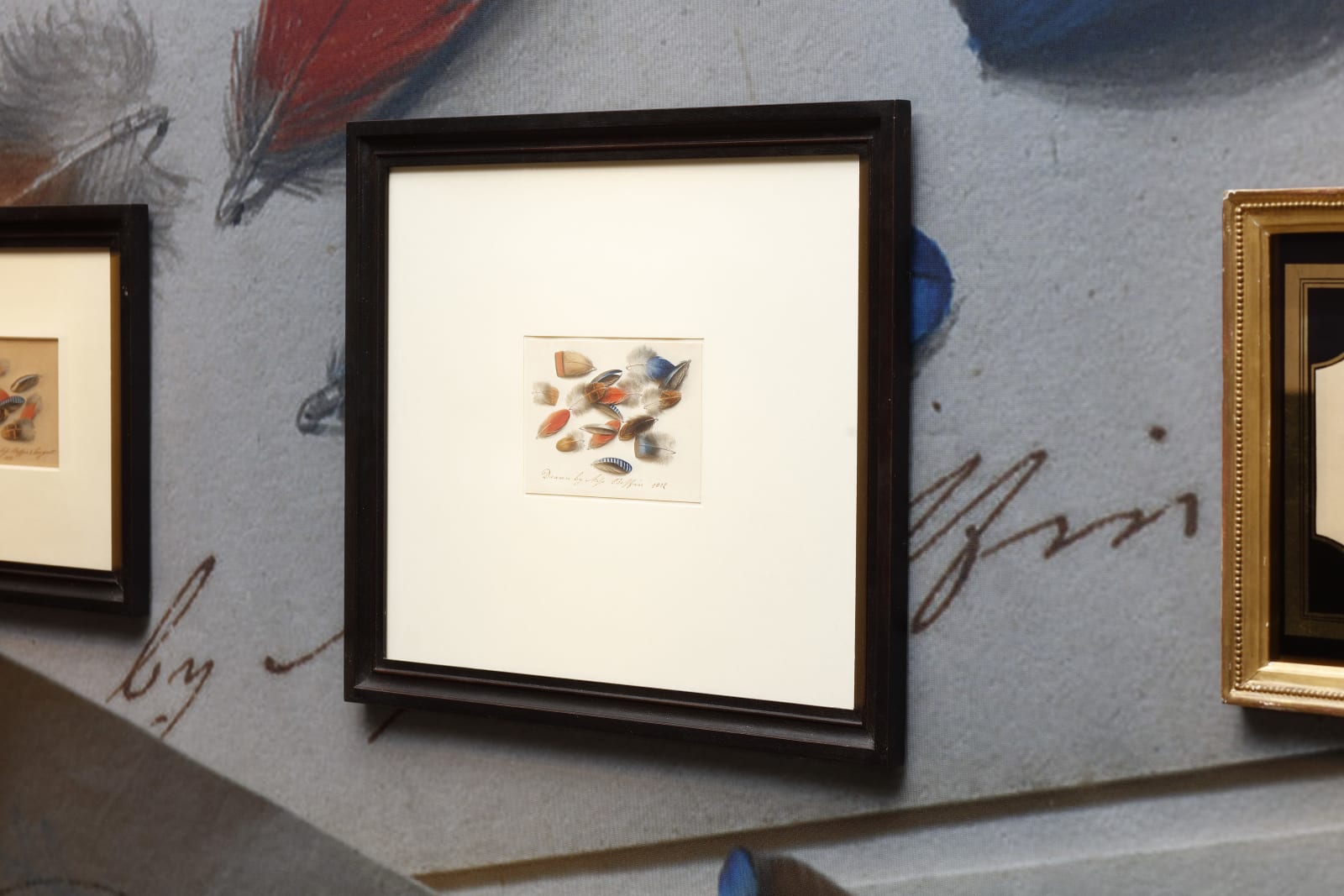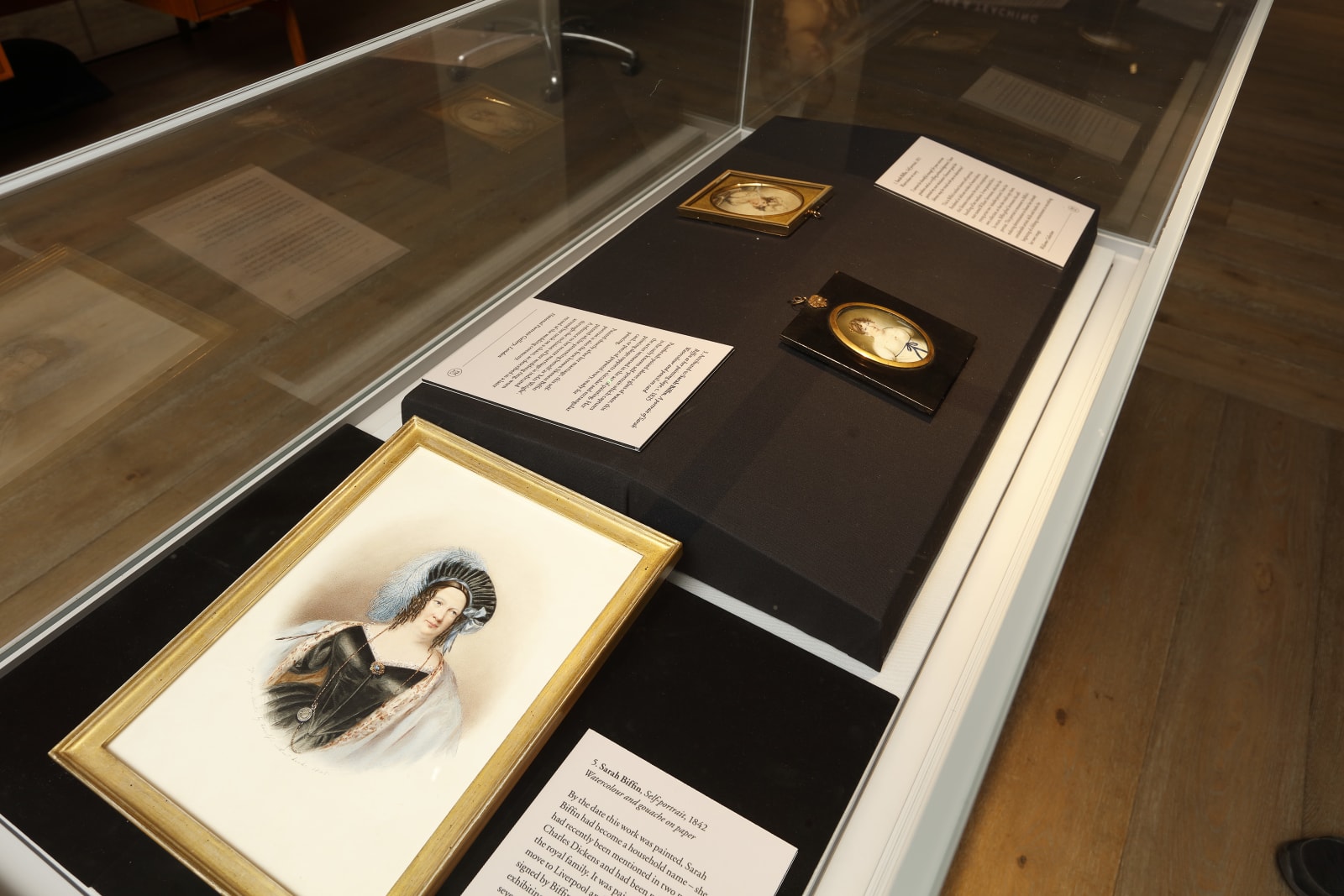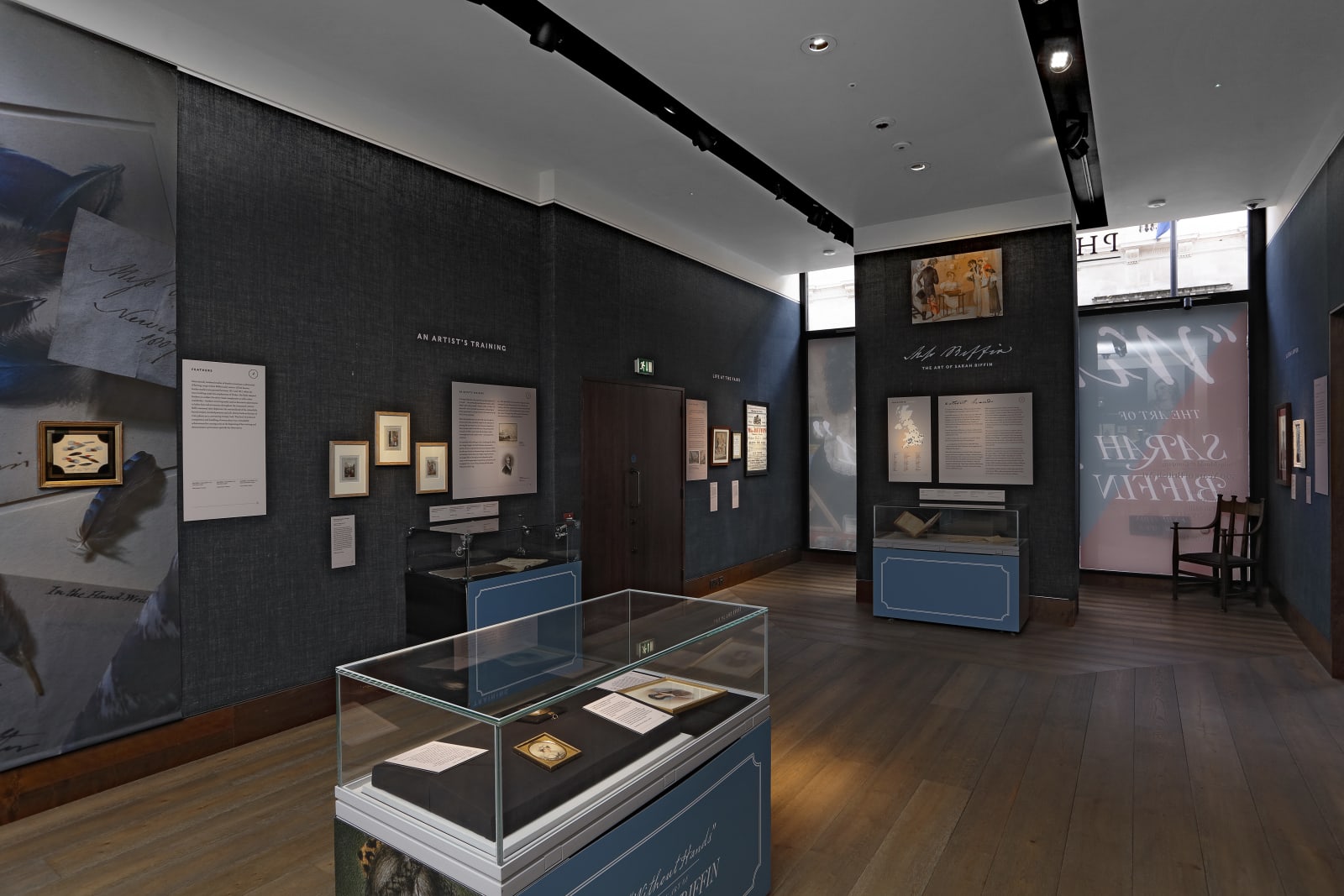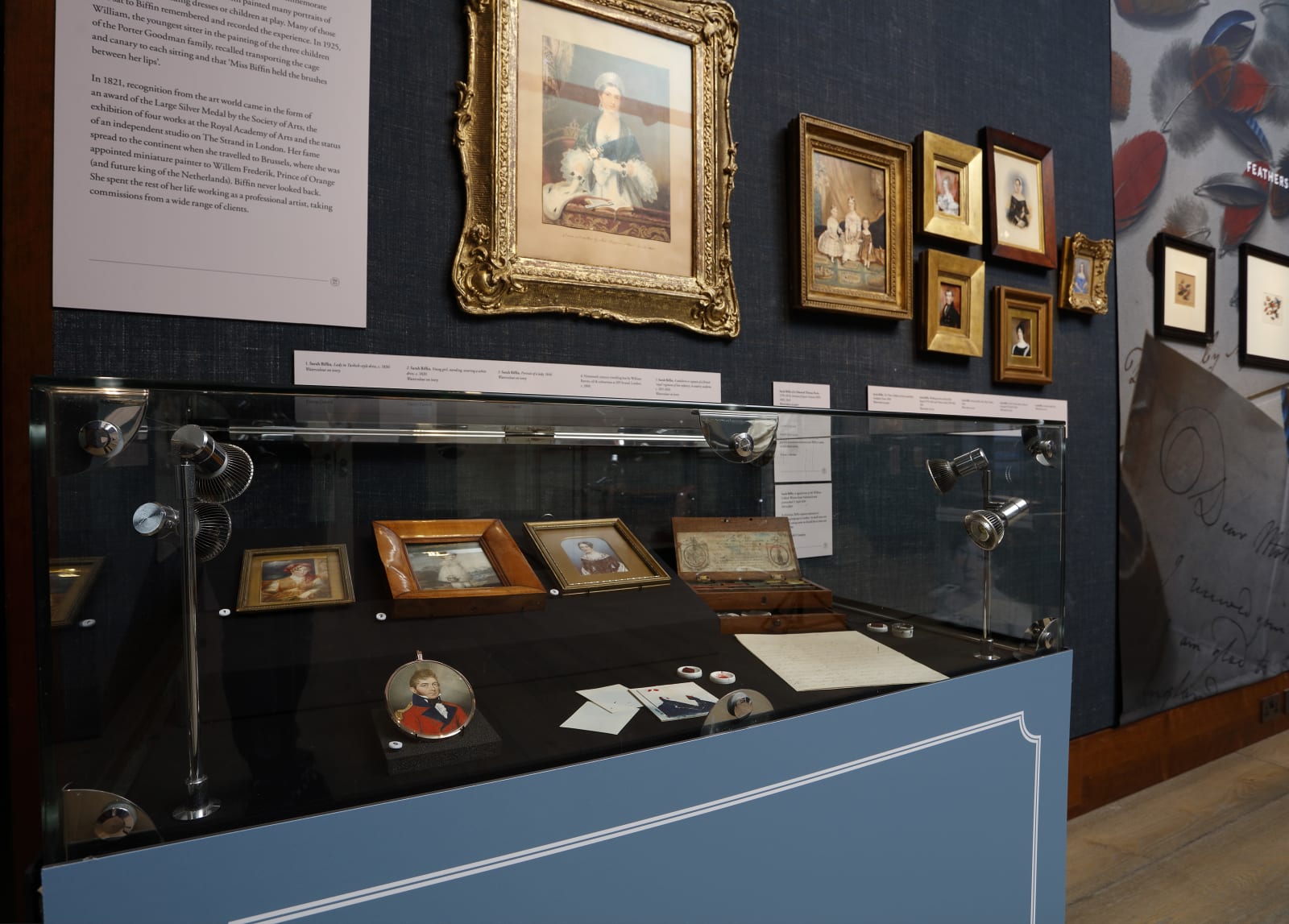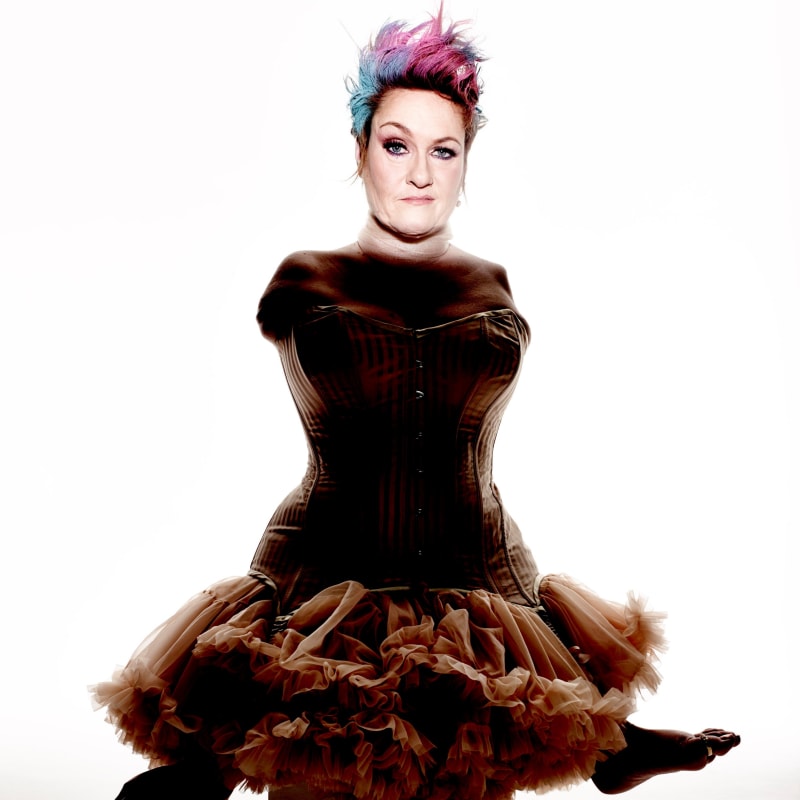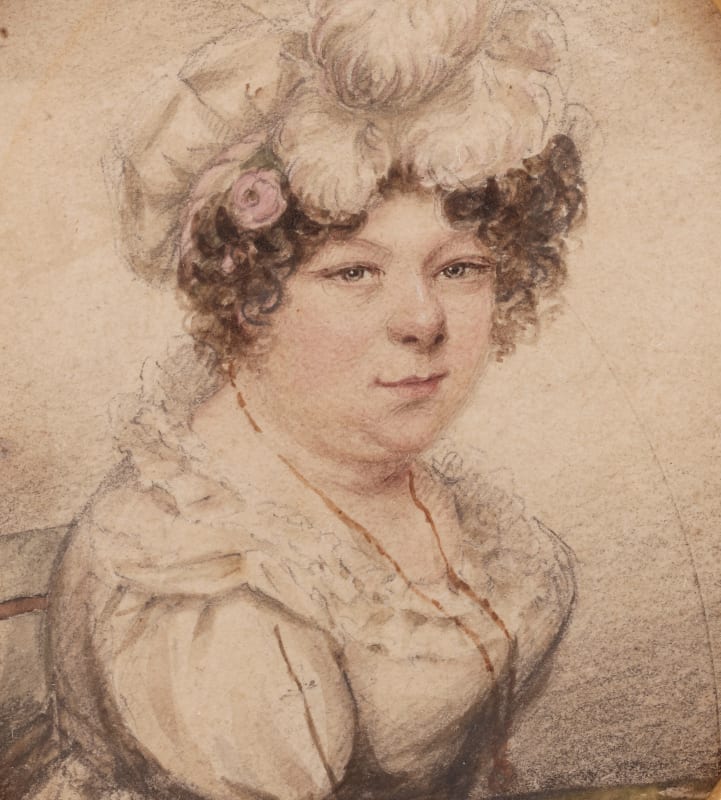The remarkable story of Sarah Biffin has been largely overlooked by historians. Those who have attempted to illustrate her life have often perpetuated previously held misconceptions and Biffin’s artistic reputation has suffered as a result. This exhibition, established upon ground-breaking primary research, will be the first of its kind to present Biffin’s artistic achievements and represent her history.
1 November - 21 December 2022
The Telegraph ★★★★★
‘Biffin’s voice and presence are at the forefront of this show. Its brilliance lies not in the frankly extraordinary story of Biffin’s life, but in the way it focuses on her art and experiences’
The Art Newspaper
‘The essays in Without Hands, however, go beyond simple reputational resurrection. Touching on her biography, her art and the historical context in which to view Biffin as a woman of disability, collectively they offer a genuine advance in our knowledge, a corrective to the more sensationalist approaches and a deeper understanding of the challenges she faced’
Financial Times
‘Like contemporary artists such as Yinka Shonibare and Ryan Gander, both wheelchair users, Biffin conquered life-changing physical disability to excel; in a society in which, for disabled women, autonomy was virtually non-existent, she achieved financial independence through much of her life.’
The Guardian
‘First show in 100 years of disabled Victorian artist Sarah Biffin opens in London’
The Times
‘Biffin was a natural entrepreneur’
Sarah Biffin was born into a farming family in Somerset in 1784, where her baptism records state that she was ‘born without arms and legs’. Teaching herself to write and draw from a young age, Biffin rose to fame as an artist and established a professional career as a portrait painter. Throughout her long and successful career, she travelled extensively, took commissions from royalty, and recorded her own likeness through exquisitely detailed self-portraits. Her artworks – many proudly signed ‘Without Hands’ – are a testament to her talent and accomplishment.
Around the age of twenty, Biffin left home. She contracted herself to a ‘Mr Dukes’ who toured the country with Biffin, visiting county fairs where she was described as the ‘Eighth Wonder’. Using her mouth and shoulder, Biffin would sew, write, paint watercolours and portrait miniatures in front of crowds who turned up and left with a sample of her writing included in the cost of their ticket. One such spectator was the wealthy and well-connected Earl of Morton, who supported her in her quest to finesse her artistic skills. In her mid-twenties she began formal tuition with a miniature painter, William Marshall Craig. From 1816 she set herself up as an independent artist and later took commissions from nobility and royalty.
Biffin travelled extensively, exhibiting her artwork and taking commissions all over the country and abroad. She took studios in cities including London, Brighton, Birmingham, Cheltenham and Liverpool. In each of these cities, she taught the art of miniature painting and was a champion of women students in particular. Continuously recording her own image throughout her lifetime, Biffin’s self-portraits evidence the artistic aptitude, self-respect, and skill of this tenacious artist.
Following the story of her life, the exhibition will include original handbills and broadsides from Biffin’s time in travelling fairs, along with the samples of her writing included in the cost of the entry tickets. Visitors to the exhibition will also be able to see examples of the art from her professional career, including portraits, landscapes and highly-skilled still lifes. More personal exhibits include private letters (including one to her mother) and almost every self-portrait she ever painted. With advisor, artist Alison Lapper MBE (born 180 years later with the same condition), consultant and contributor, Professor Essaka Joshua (specialist in Disability Studies at the University of Notre Dame, Indiana) and loans from national institutions, the exhibition will celebrate Biffin as a disabled artist who challenged attitudes to disability.
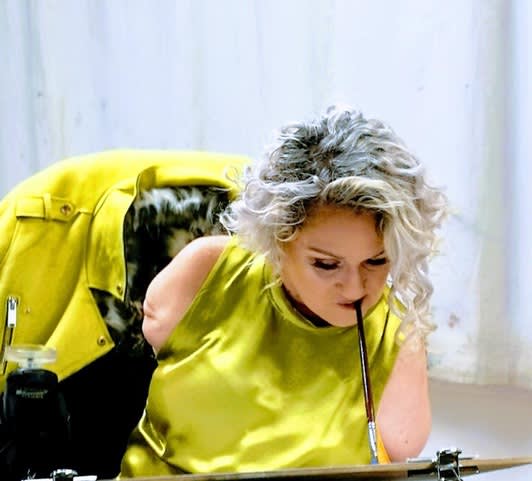
Alison Lapper | Exhibition advisor
Our advisor, artist Alison Lapper MBE (born 180 years later with the same condition as Sarah Biffin), has noted a number of comparisons between her experience as a disabled female artist, and that of Sarah Biffin's; 'I am completely fascinated with Sarah Biffin and our similarities.'
Alison Lapper MBE is an artist, television presenter, speaker and Gig-Arts Charity patron. She is a well-known public figure and regularly gives talks about her life. Born with no arms and shortened legs, Alison was institutionalised at six weeks old and spent her next seventeen years at Chailey Heritage in Sussex. At the age of 19, she obtained a driving licence and her own flat, and began to live her daily life independently. In 2005 the artist Marc Quinn erected the statue Alison Lapper Pregnant in Trafalgar Square. He wanted the statue on the Fourth Plinth to celebrate "someone who has conquered their own circumstances, rather than someone who has conquered the outside world". In 2012, an inflatable replica of the statue was a centrepiece in the London 2012 Paralympic Games opening ceremony.
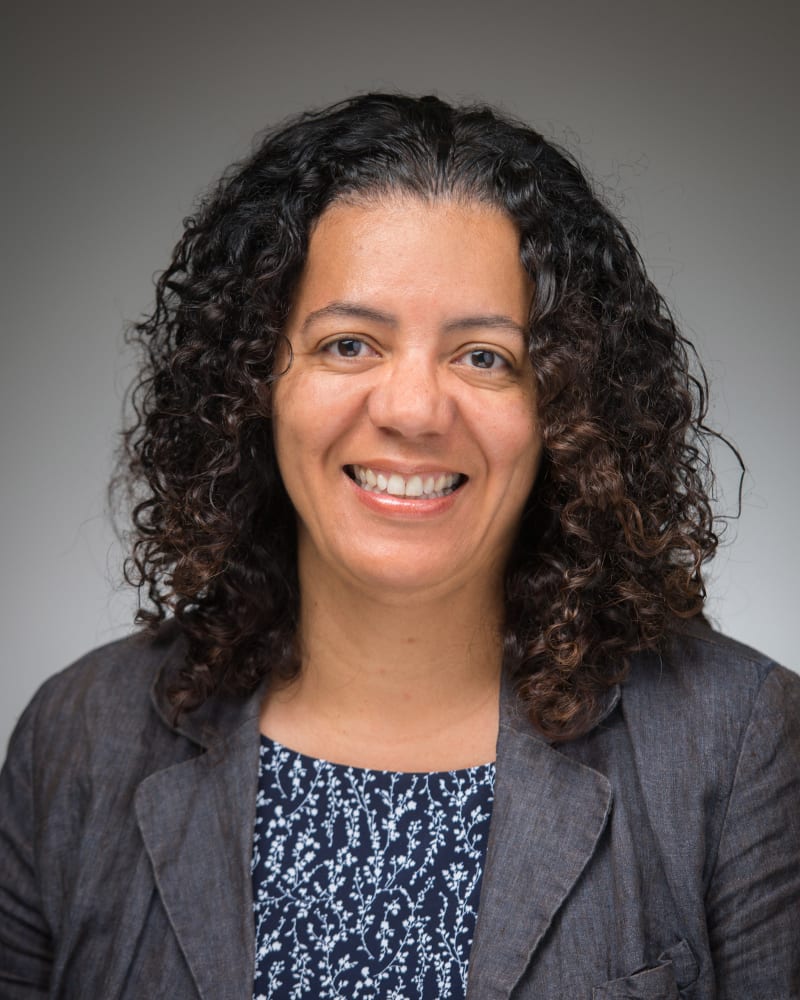
Essaka Joshua | Exhibition consultant and contributor
Essaka Joshua currently specializes in Disability Studies and is engaged in a book project on disability in British Romantic theatre.
Joshua has published three monographs and numerous articles and chapters on Romantic and Victorian literature. Her recent publications include; Physical Disability in British Romantic Literature, Cambridge: Cambridge University Press, 2020; The Romantics and the May Day Tradition. The Nineteenth Century Series, Aldershot: Ashgate, 2007; and her recent articles include; "Disability and Deformity: Function Impairment and Aesthetics in the Long Eighteenth Century." in The Cambridge Companion to Literature and Disability, ed. Clare Barker and Stuart Murray, Cambridge: Cambridge University Press. 2018. pp.47-61; "Introduction to Dis/Enabling Narratives." Journal of Narrative Theory. Special Issue: Dis/Enabling Narratives 47.3 (2017) 305-316; "Picturesque Aesthetics: Theorising Deformity in the Romantic Era." in Disabling Romanticism: Body, Mind, and Text, ed. Michael Bradshaw. London: Palgrave Macmillan, 2016. 29-48.
